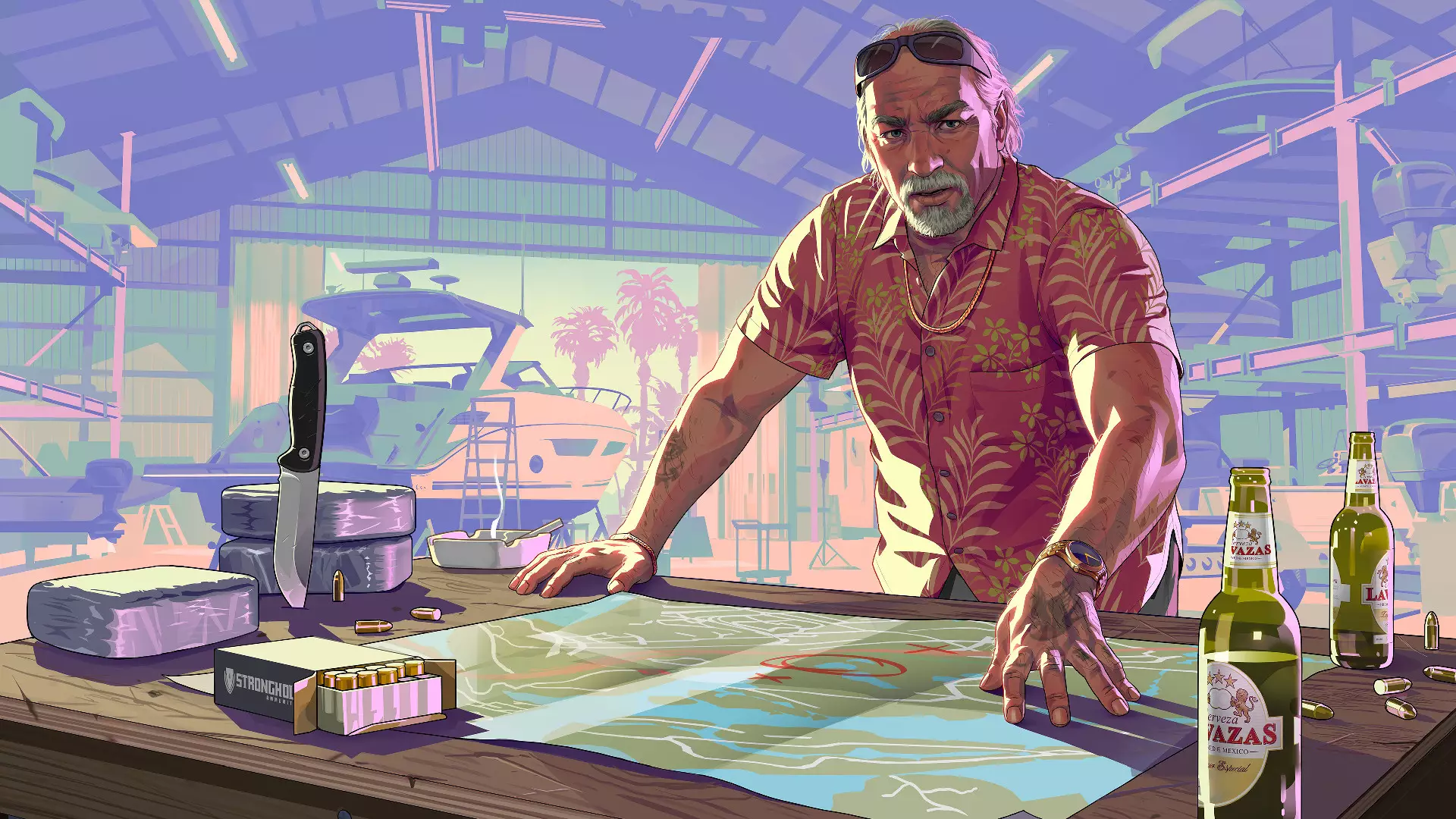The gaming industry is perched at a critical crossroads, facing a relentless surge in development costs and evolving market expectations. As the anticipation for GTA 6 reaches fever pitch, whispers of a jaw-dropping $100 price point have sparked widespread debate. While some analysts paint this figure as a marker of inevitable profitability, it also raises pressing questions about affordability and consumer loyalty. In a landscape where even triple-A titles traditionally hover around $60 to $70, pushing a game price beyond the century mark signals a fundamental shift in industry economics and audience perception.
Historically, consumers have shown resilience in paying premium prices for highly anticipated titles, especially when associated with a franchise of GTA’s magnitude. But the ecosystem has also shifted towards more value-for-money propositions—smaller, more affordable titles, or games bundled with extra content—are gaining favor. To suddenly introduce a price tag twice the historic standard could risk alienating the very audience Rockstar and its parent company, Take-Two Interactive, aim to target. Conversely, the immense confidence in GTA 6’s potential profitability makes a formidable case for premium pricing, especially considering the game’s estimated development costs, which reportedly could surpass $1.5 billion.
The Economics Behind the Price Hike: Is it Justified?
Financial analysts like Michael Pachter have estimated that GTA 6 could generate upwards of $10 billion over its lifetime, with annual revenues from GTA Online alone reaching half a billion dollars. Such projections suggest Rockstar is betting heavily on the game’s long-term revenue stream, possibly viewing the initial high price as necessary to recoup investments and maximize short-term gains. These assumptions, however, hinge on a delicate balancing act—set the price too high and risk dampening initial sales; set it too low and potential profits could plummet.
It’s worth noting that Rockstar’s previous release, GTA 5, remains one of the most financially successful games ever, albeit at a far more modest launch price. The company’s strategic inclusivity of bundled content and ongoing monetization through GTA Online fostered a sustained revenue model that perhaps lessens the need to push premium pricing at launch. In this light, a $100 initial cost for GTA 6 could signal a shift toward a more aggressive monetization approach, possibly aimed at recurring spending rather than solely relying on the base game.
The Market’s Response and Consumer Wariness
The industry’s broader context further complicates matters. Major publishers like EA and Microsoft have recently refrained from raising prices beyond the traditional $70 mark, citing consumer pushback and shifting expectations. Despite the lore and hype surrounding GTA 6, paying $100 upfront would be a seismic shift—one that may prove to be a hurdle for many players, especially in an era where the economic climate is tightening, and casual gamers are more cautious with their spending.
Moreover, gaming history has shown that consumers possess a remarkable capacity for acceptance when value is clear, but this acceptance diminishes quickly when prices seem disconnected from the experience offered. While collector’s editions priced around $150 have found a niche market, they represent special cases rather than the norm. A base game priced at $100, without clear justification or additional value, risks being perceived as an exploitative move rather than a justified investment.
Is a $100 Game Feasible or Foolhardy?
From a strategic point of view, Rockstar faces a dilemma: should they pursue a high-price strategy buoyed by the franchise’s legendary status or stick to more traditional, affordable pricing to maximize player uptake? If they choose to pursue the former, it could indeed establish a new standard for premium titles, positioning GTA 6 as a luxury product. But such a move could also backfire, narrowing the audience and inviting backlash from consumers who feel priced out of the experience.
It’s also crucial to consider the possible existence of bundled offerings—combining the game with GTA Online or special editions to hit that $100 mark. Yet, such tactics tend to appeal to die-hard fans willing to pay for extras, rather than the broader base of players. The success of this approach relies heavily on how convincingly Rockstar can justify the price through content, innovation, or added value, which remains an open question.
Given the current landscape—where inflation, consumer sentiment, and industry standards are all in flux—the idea of a $100 GTA 6 feels aggressive, bordering on reckless unless executed with remarkable transparency and added perks. Ultimately, Rockstar’s decision will reflect whether they are willing to take a substantial risk for potentially enormous profits or prefer to adhere to more conservative practices that prioritize wider adoption and long-term ecosystem growth.

